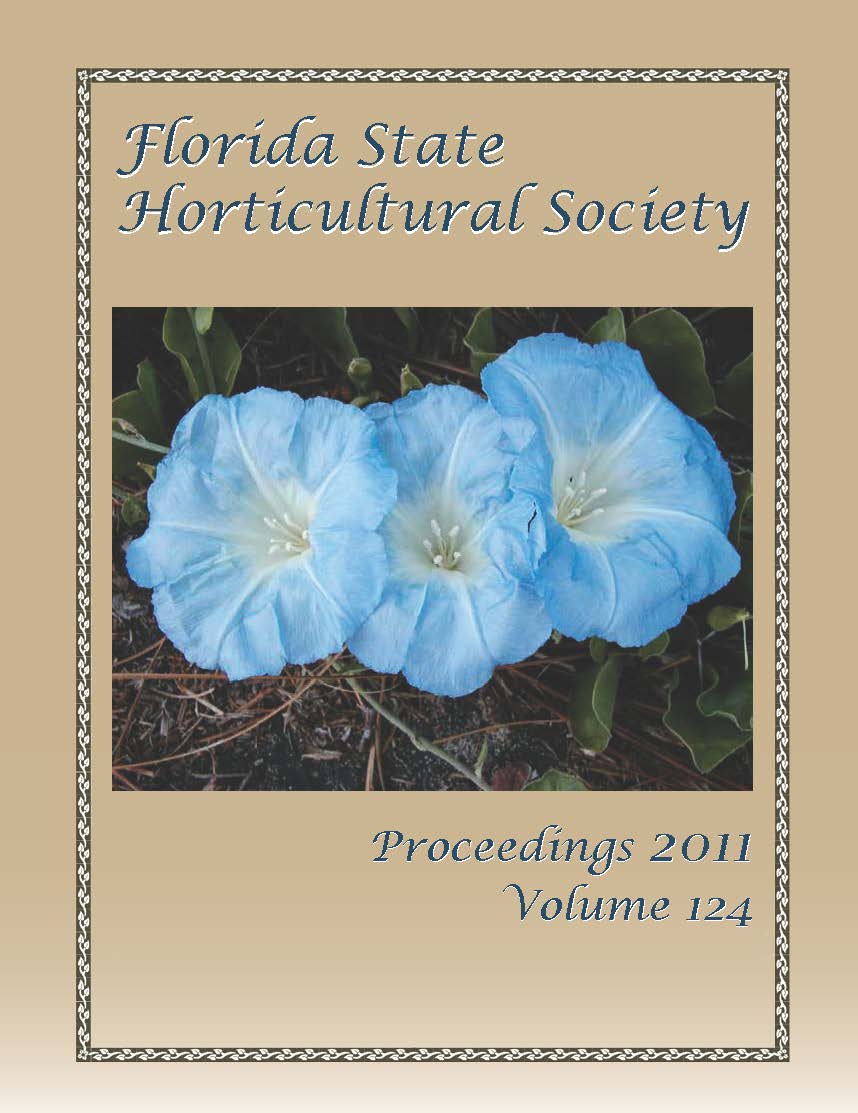Shelf Life of Cluster Tomatoes (Lycopersicum esculentum) Stored at a Non-chilling Temperature and Different Relative Humidity Levels
Published 2011-12-01
Keywords
- Lycopersicum esculentum,
- compositional attributes,
- quality curves,
- sensory quality,
- shelf life
Abstract
Optimum temperature and relative humidity (RH) during storage are crucial to the marketable quality of fruits and vegetables and have a major impact on their shelf life. Cluster tomatoes were harvested at the light red color stage twice from a commercial greenhouse in Florida and were stored during 16–22 days at a non-chilling temperature (15 °C) and five RH levels (41%, 52%, 79%, 88%, and 92%). Visual and instrumental color, firmness, shriveling, stem freshness, decay incidence, slicing characteristics, and compositional quality were evaluated every 2 days. The objectives of this study were to obtain quality curves at low and recommended RH levels and identify for each RH which quality attributes limit cluster tomato shelf life and marketability. The results showed that RH had a significant effect on the shelf life and quality of cluster tomatoes. Tomatoes stored at RH lower than 88% had higher weight loss, were softer, more shriveled, and stems became wilted and dry. When stored below 88% RH cluster tomatoes also had lower acidity, soluble solids, and ascorbic acid contents, and more decay incidence than tomatoes stored at higher RH. Overall, the quality attributes that limited the shelf life of cluster tomatoes varied depending on the RH and included: stem freshness and slicing at 41% and 52% RH; firmness, slicing, and stem freshness at 79% RH; color and firmness at 88% and 92% RH. Maximum shelf life and best overall quality were obtained when cluster tomatoes were stored at 92% RH.

